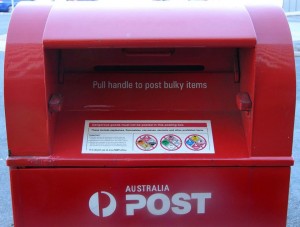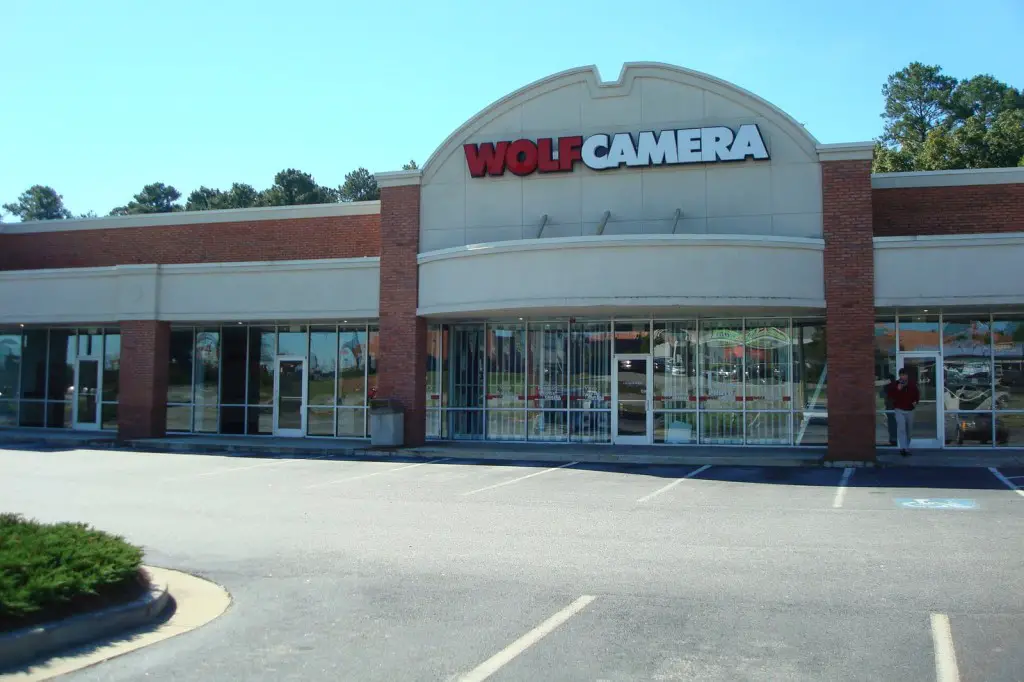“Dead tree edition” is an often used internetism to refer to hard copy editions of publications that are increasingly available online. It’s obviously meant to be a dig at how old and uncool printed material is… but “dead tree editions” largely refer only to 20th century books. Antiquarian books largely aren’t printed on “dead trees”. And the books of the future may still be printed on paper… but there won’t be any trees involved.
Paper may look all the same once its bound in a “dead tree edition” but it often involves no trees at all. Sometimes you’ll find information on the title page telling you what type of paper was used in the printing. This is pretty rare, but you’ll trip across it every now and then from specialty presses.



